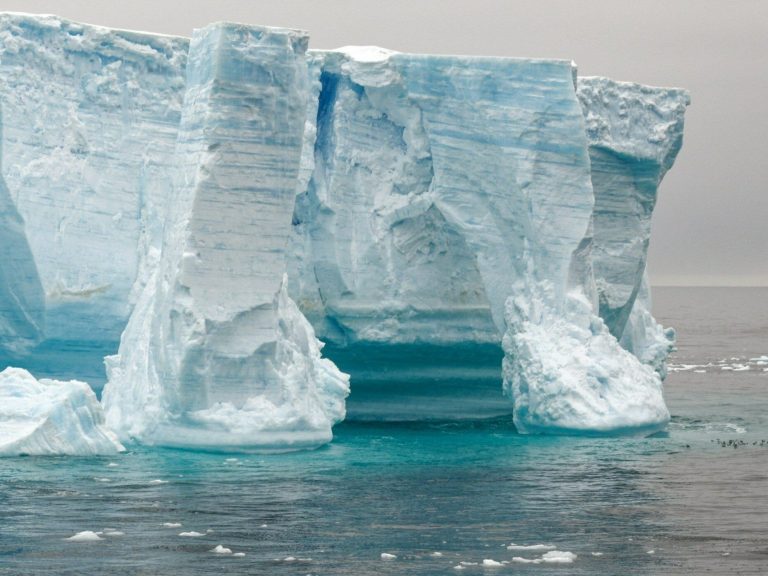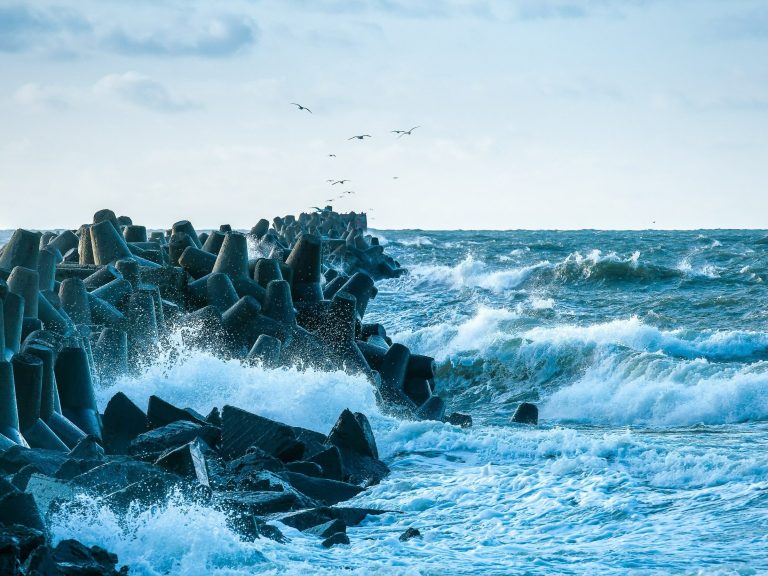Volcanic eruption in Iceland may threaten flights. Is it safe to travel here?

A volcano in Iceland has erupted for the fifth time in just three months. Lava was ejected to a height of 50 m. Will the eruption affect flights and is it safe to travel to this region?
The situation in Iceland is becoming tense again. The local volcano recalled itself for the fifth time in just three months. It throws lava into the air 50 m high through a 3.5 km long fissure. The eruption occurred on May 29 and the phenomenon is still ongoing. Is it safe to go to the island? Are flights at risk in any way?
Volcanic eruption in Iceland. What about travel?
The volcanic eruption in Iceland may once again disturb tourists vacationing in this region or those who are just going there.
Guests were evacuated, among others. from the Blue Lagoon thermal spa, one of Iceland's biggest tourist attractions. It remains closed – as it was last time.
The site of the eruption is a few kilometers northeast of Grindavik, a coastal city of 3,800 inhabitants about 50 kilometers southwest of Iceland's capital, Reykjavik. Grindavik has been evacuated and the roads around it are closed.
Although Keflavik International Airport – Iceland's main port – is located just 20 km north of the eruption site, it remains open and planes are still arriving and departing. However, facility officials advised passengers to “monitor flight information.”
How long will the eruption last? The Icelandic Meteorological Office says “intense seismic activity is ongoing in the Sundhnúkur crater row.” The Met Office observed a lava outburst. It is not really known how long this will last. Fortunately, the community of Grindavik was evacuated back in November after a series of earthquakes caused large cracks in the ground between the city and Sýlingarfell, a small mountain to the north.
Before the recent eruptions, the Svartsengi volcanic system north of Grindavik had been dormant for approximately 780 years. It is located just a few kilometers west of Fagradalsfjall, which lay dormant for 6,000 years before awakening in March 2021.
Volcanic eruption in Iceland 'not a tourist attraction'
During the recent eruption, Icelandic authorities declared a state of emergency after hundreds of small earthquakes struck the Reykjanes Peninsula, the most populated island region.
“This is not a tourist attraction and should be viewed from a distance,” Vidir Reynisson, head of Iceland's civil protection and crisis management department, told national broadcaster RUV.
However, this spectacular natural phenomenon is hard to resist. “It's just something out of a movie!” – said Robert Donald Forrester III, a tourist from the United States, quoted by euronews.com.
Emotions were mixed among residents. “The city concerned may be under lava,” said Ael Kermarec, a French guide living in Iceland. “It's amazing, but it's a bittersweet feeling right now.”
Have flights to Iceland been canceled?
Despite concerns about the eruption's impact on travel, Keflavik's nearby airport remains operational. Icelandic airport operator ISAVIA advises passengers to monitor flight information.
Volcanic eruptions can pose a serious threat to air travel because the ash released into the atmosphere can cause engines to fail, damage flight control systems and reduce visibility.
However, the airport says it is accustomed to volcanic activity and is well prepared to deal with it without having to close the airport.
Icelandic geologists have extensive experience in dealing with volcanic activity. “A major eruption in Iceland in April 2010 caused widespread disruption to air travel between Europe and North America. A quarter of a billion cubic meters of volcanic ash thrown into the air led to even greater problems – over 100,000 flights were canceled in eight days,” they say.
There have been three eruptions on the Reykjanes Peninsula in the last three years, with no impact on air travel. The European Aviation Safety Agency (EASA) is also better prepared for major volcanic ash incidents.
“In the event of an eruption and development of an ash cloud, the agency will work with other aviation industry stakeholders to assess the impact on aviation and make appropriate recommendations,” reads a statement on EASA's website in November.
Despite this, travelers are advised to stay away from Grindavik and follow local restrictions.






